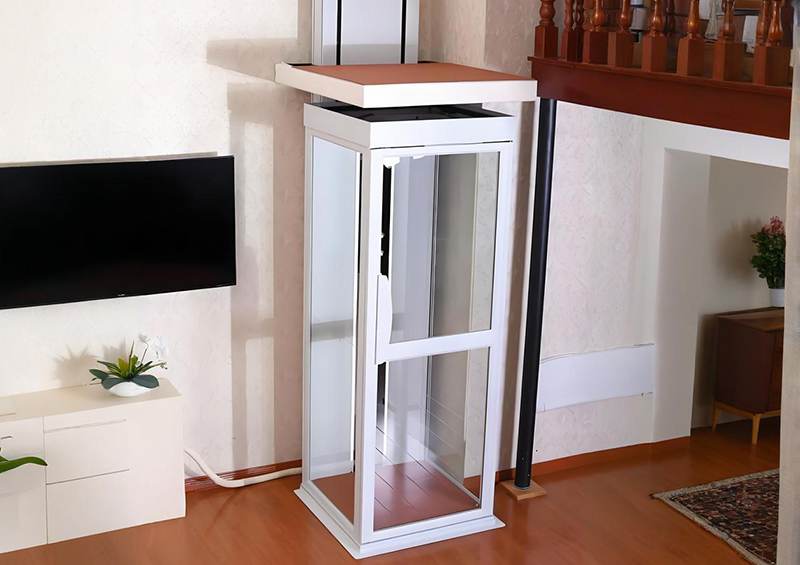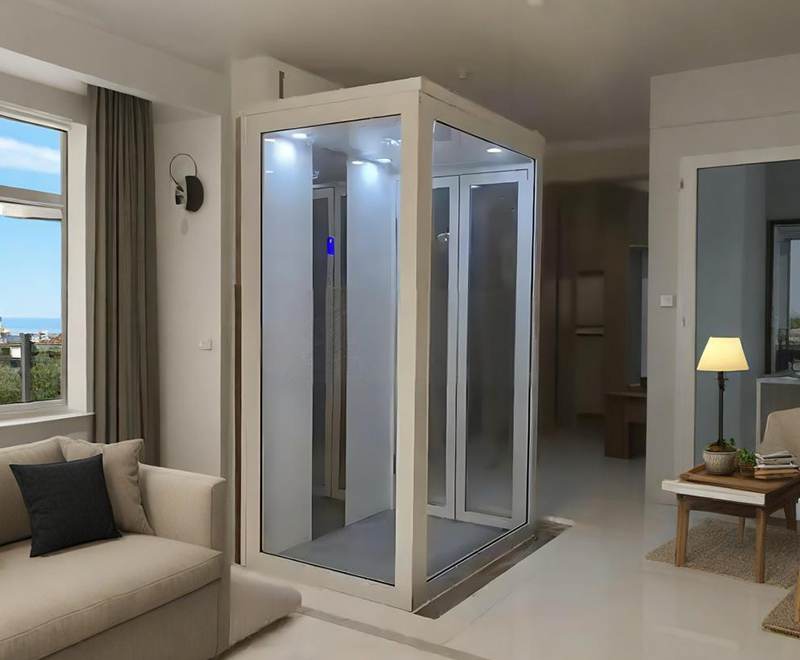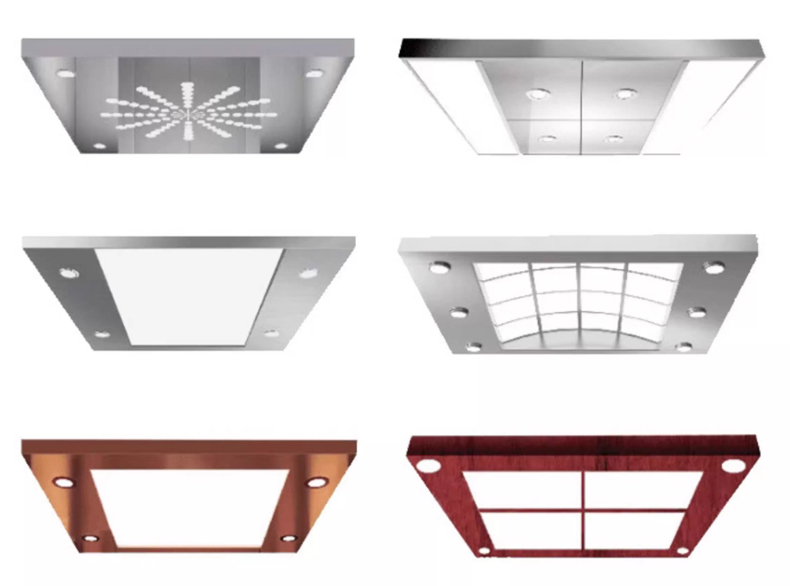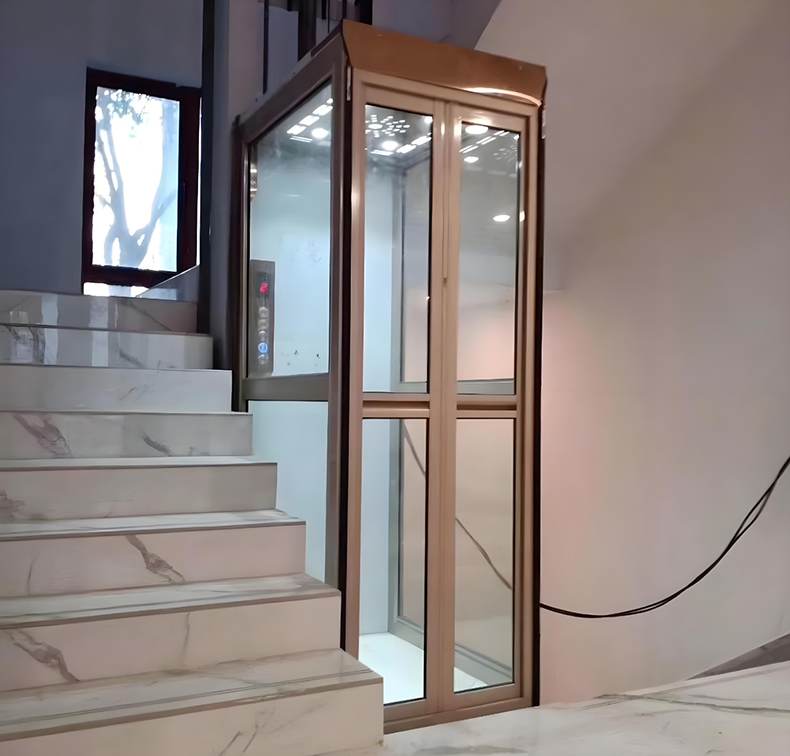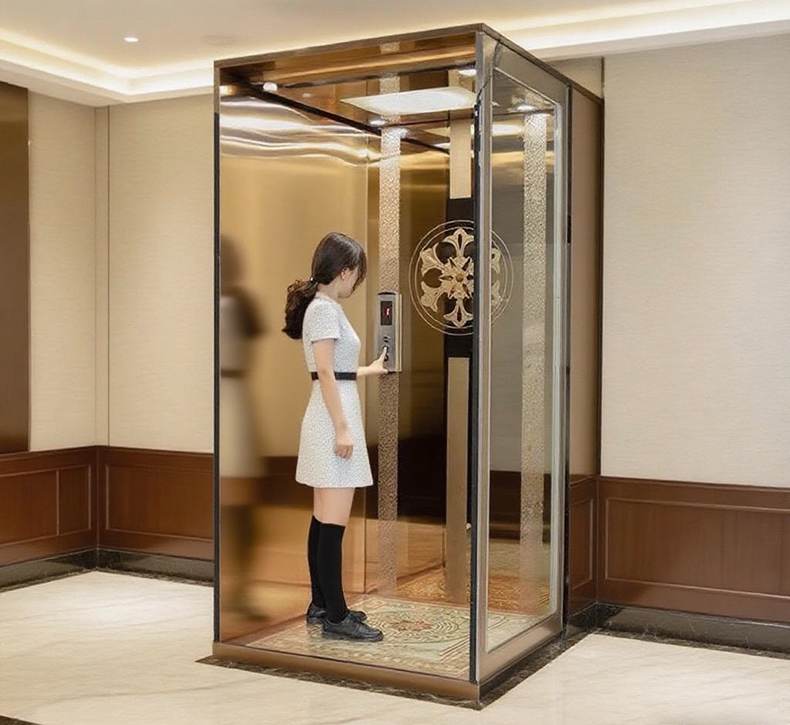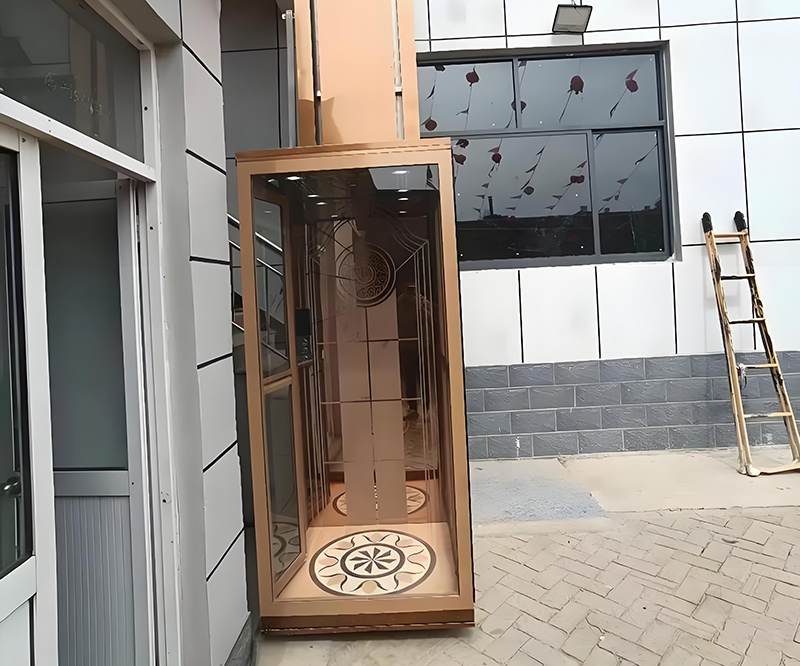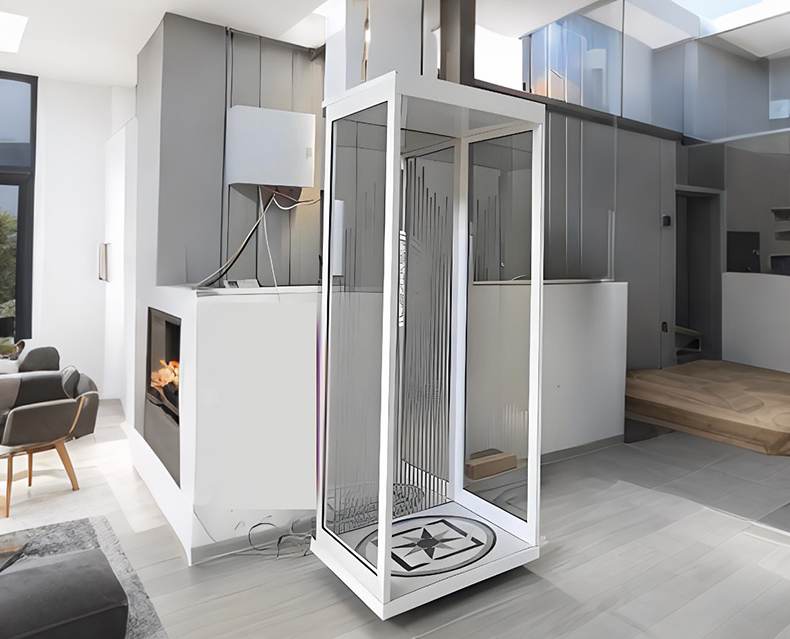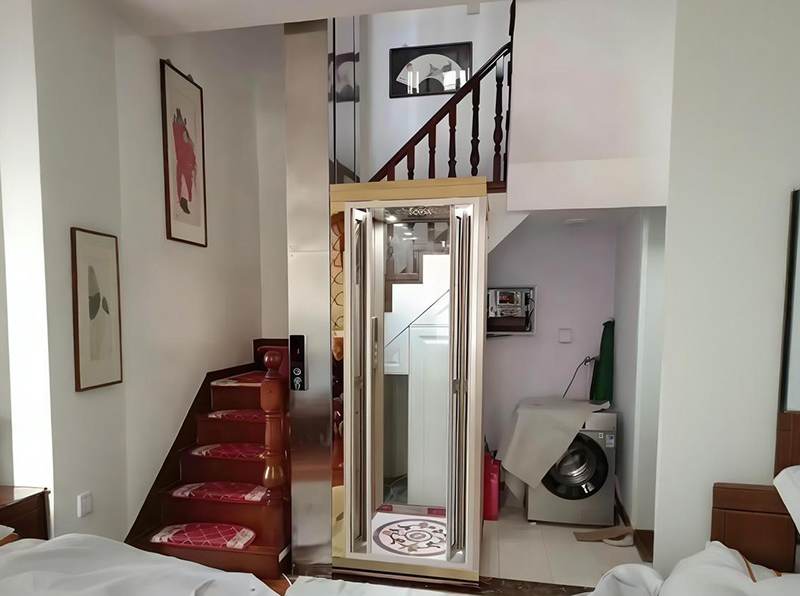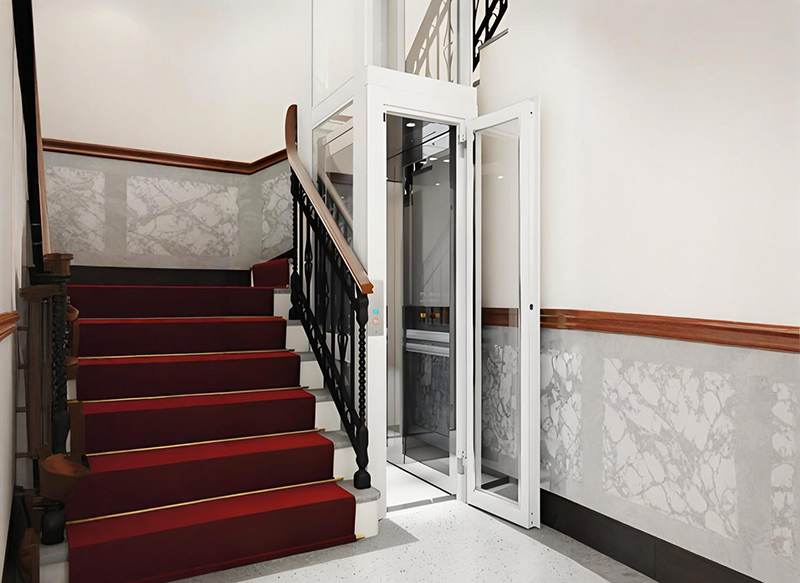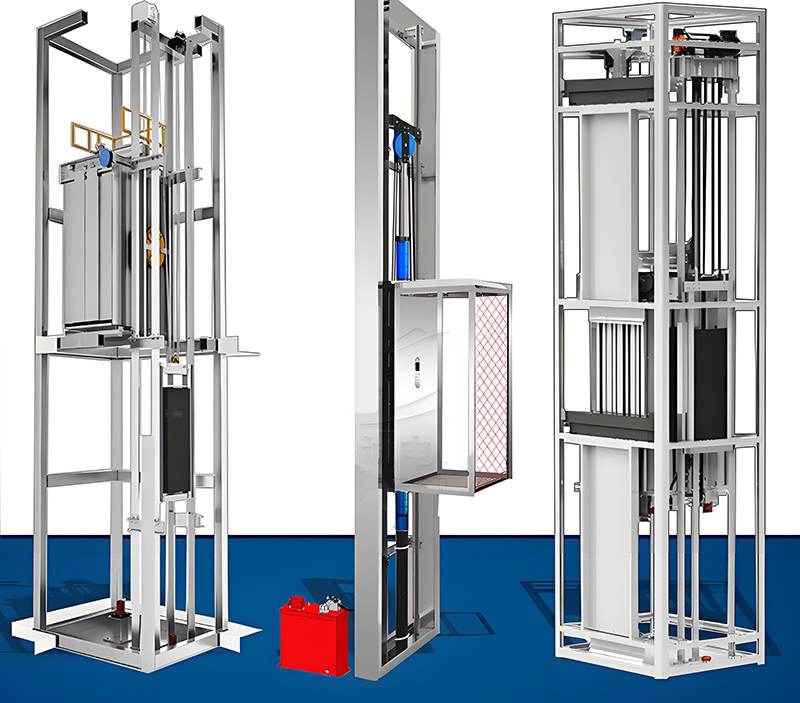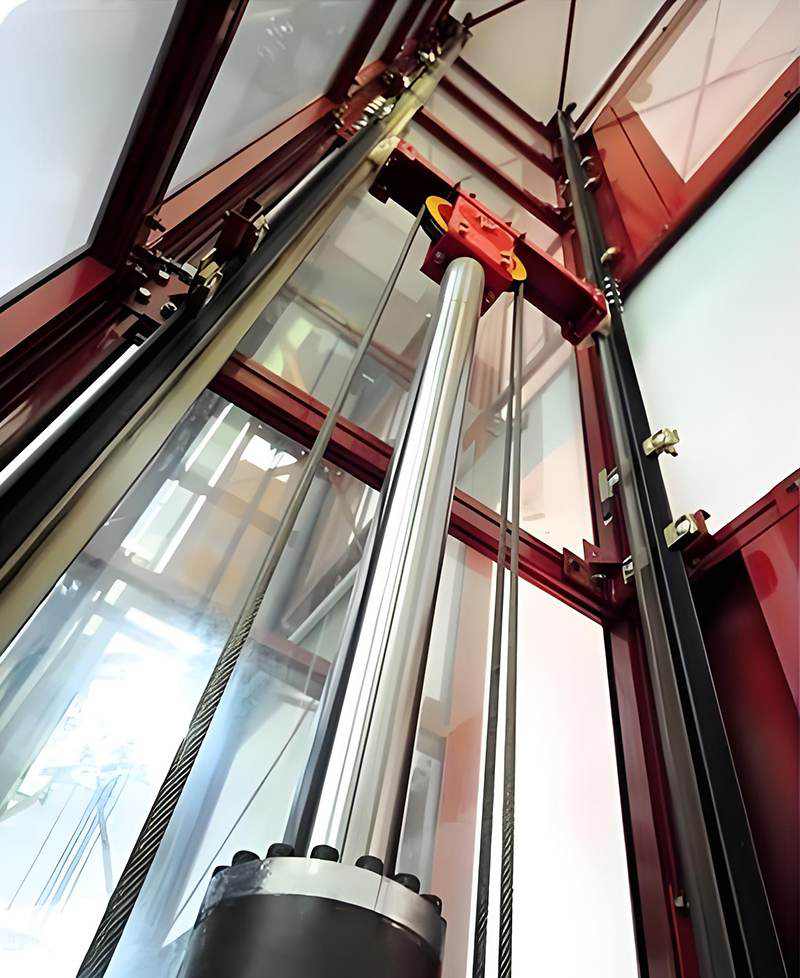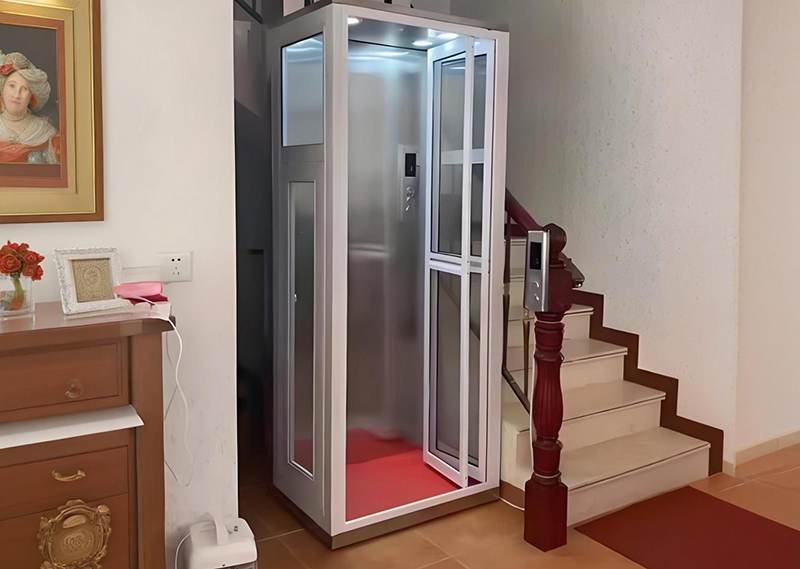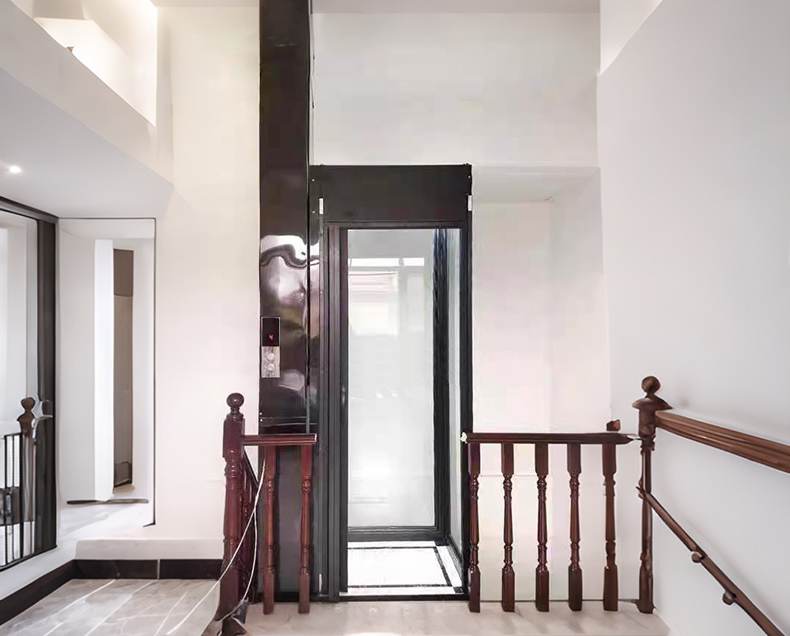Modern home elevator systems provide a smooth and stylish experience for residential vertical transportation
Introduction
In an era where convenience, accessibility, and style define modern living, modern home elevator systems are rapidly becoming a must-have in high-end residential properties worldwide. Once considered a luxury reserved for mansions and upscale hotels, they are now evolving into a practical yet elegant residential vertical transportation solution.
As homeowners prioritize mobility, in-place aging solutions, and design-forward interior decor, home elevator systems are more popular than ever. Compact, quiet, and customizable, these vertical transportation systems not only offer unparalleled convenience but also enhance the architectural sophistication of any home.
This article explores the latest trends, technologies, features, and benefits of modern home elevators and explains why they are rapidly becoming an essential component of smart, stylish homes.
The Rise of Residential Elevators
Accessibility Meets Aesthetics
Today’s homeowners are no longer satisfied with ramps and stair lifts. They want accessibility without compromising aesthetics. Modern home elevator lifts are designed for this purpose—providing accessibility while seamlessly integrating into modern interior design.
From multi-story family homes to urban penthouse apartments, homeowners are embracing elevators to future-proof their properties for aging family members or simply to add a touch of luxury to their living spaces.
Global Market Growth
According to recent industry reports, the residential elevator market is projected to grow at a compound annual growth rate (CAGR) exceeding 6% by 2030, driven by factors such as an aging population, smart home integration, and increasing urbanization rates.
North America and Europe continue to lead adoption due to a focus on luxury home upgrades and in-place aging plans. Meanwhile, emerging markets in Asia-Pacific and the Middle East are rapidly catching up, with modern high-rise residential buildings increasingly opting for compact elevator systems.
Technical Specifications of Modern Home Elevators
|
Function
|
Specifications
|
|
Load Capacity
|
300 kg – 400 kg
|
|
Cabin Size
|
Customizable (Standard: 900×900 mm – 1200×1000 mm)
|
|
Speed
|
0.15 – 0.25 m/s
|
|
Travel Height
|
Up to 8 meters (3 stops)
|
|
Drive Type
|
Hydraulic, Gearless Traction, Pneumatic Vacuum, Screw Drive
|
|
Power Supply
|
220V/240V Single-phase or 380V Three-phase
|
|
Door Type
|
Manual Swing, Automatic Sliding, Telescopic
|
|
Control System
|
Microprocessor or PLC with Safety Logic
|
|
Safety Features
|
Emergency Stop, Door Interlock, Battery Backup, Alarm System
|
|
Noise Level
|
<50 decibels (whisper-quiet)
|
|
Finish Options
|
Stainless Steel, Tempered Glass, Wood Panels, Mirrors, LED Lighting
|
Trends in Residential Elevator Lifting Design
1. Minimalist Aesthetics
Modern elevators are designed to blend with contemporary home decor, featuring frameless glass panels, slim doors, and seamless integration with walls or stairwells.
2. Panoramic Glass Elevators
Transparent, 360-degree glass elevator cabs are gaining popularity in both indoor and outdoor installations, offering an open feel and luxurious appeal.
3. Smart Controls
Through smart home integration, homeowners can control elevators via mobile apps, voice commands, or contactless panels—ensuring hygiene and convenience.
4. Space-Saving Designs
Compact elevator models are now engineered for a small footprint and can be installed without a pit or machine room, making them ideal for retrofitting into existing homes.
5. Personalization
Manufacturers now offer customized interior, lighting, flooring, and wall options—allowing for full customization to match the home’s interior theme.
Benefits of Installing a Home Elevator
1. Enhanced Mobility and Accessibility
Home elevators provide independence and accessibility for the elderly, people with mobility impairments, or anyone who finds stairs challenging.
2. Increased Property Value
Real estate data shows that installing a home elevator can boost a house’s resale value by 10% to 25%, depending on the region and type of house.
3. Luxury Appeal
An elevator instantly adds a touch of modern luxury, transforming an ordinary home into a high-end residence.
4. Safety and Convenience
Whether carrying groceries, luggage, or children, elevators simplify vertical transportation and reduce the risk of falls or strains.
5. Future-proofing
As homeowners plan to age in place, an elevator is a practical investment that supports long-term living arrangements without the need to move.
Application.
1. Private Villas and Townhouses
For multi-storey luxury residences, elevators ensure easy access to all floors, especially for elderly residents.
2. Duplexes and Penthouses
Compact elevators enhance daily comfort and meet the high-end expectations of owners of urban high-rise residences.
3. Vacation Homes and Apartments
Elevators improve the guest experience and reduce the hassle of carrying luggage in vacation apartments.
4. Restored Historic Buildings
Modern elevators can be retrofitted into old properties without damaging the building’s integrity, preserving its charm while enhancing functionality.
5. Accessible Housing Projects
Newly designed accessible housing is increasingly incorporating elevators as a standard feature to ensure compliance with global accessibility standards.
Customer Reviews
“Installing a home elevator has changed our lives. Now my father can move freely between floors, and it looks absolutely beautiful in our foyer.”
– Linda W., Homeowner, Toronto
“We chose a glass elevator for our beach house, and the views as it ascends are breathtaking. It’s not just a utility; it’s a work of art.”
– James L., Architect, California
“The drive system is extremely quiet; you can barely feel it moving. What’s more, no pit means we didn’t need massive construction work.”
– Arvind K., Homeowner, Dubai
Overview of the Installation Process
Step 1: Consultation and On – site Survey
Elevator maintenance technicians assess the house structure and space to recommend the best model and location.
Step 2: Design and Customization
Homeowners select the cabin size, door type, finishes and control options that suit their preferences.
Step 3: Manufacturing and Delivery
Once customized, the elevator will be manufactured (usually within 4 – 8 weeks) and delivered to the site.
Step 4: Installation
Depending on the type and complexity, the installation takes 3 to 10 days and has minimal impact on daily life.
Step 5: Testing and Certification
After installation, the system undergoes rigorous testing to meet safety and performance standards.
Maintenance and Safety Tips.
Monthly:
– Check door operation and lighting.
– Clean dust and debris from the cab and tracks.
Quarterly:
– Inspect the control panel and communication system.
– Lubricate moving parts (for non-vacuum models).
Annually:
– Arrange for professional inspection and oil change (for hydraulic models).
– Test safety devices, emergency descent and backup power systems.
Safety Tips:
– Never exceed the weight limit.
– Do not allow children to operate it unsupervised.
– Ensure regular maintenance is performed by certified technicians.
Frequently Asked Questions (FAQ)
Q1: How much space is required for a home elevator?
A: The space requirements vary by model. Some compact models only need 1 square meter of floor space and do not require a pit or machine room.
Q2: Can it be installed in an existing house?
A: Yes. Many models are specifically designed for retrofitting with minimal structural changes.
Q3: How much does a home elevator cost?
A: The cost is usually between $5,000 and $10,000, depending on the degree of customization, size, number of floors, and drive system.
Q4: Are home elevators safe?
A: Absolutely. Modern elevators are equipped with various safety features, including emergency brakes, backup power supplies, interlocking devices, and alarm systems.
Q5: How long does the installation take?
A: A simple installation can be completed in 3-5 days, while more complex projects may take up to 2 weeks.
Q6: What is the service life of a home elevator?
A: With proper maintenance, most elevators can last for more than 20 years.
Q7: Do home elevators consume a lot of electricity?
A: No. Energy-efficient models consume electricity equivalent to that of a refrigerator or microwave oven.
Final Thoughts
As the world redefines home life through innovation and inclusivity, modern home elevator lifting devices stand out as a vital addition to forward-thinking residential spaces. These lifting devices combine elegance with functionality, offering a perfect solution to enhance comfort, safety, and property value.
Whether you are renovating, building a new home, or simply planning for the future, a home elevator is an investment in mobility, design, and peace of mind. With unlimited customization possibilities and cutting-edge technology, there has never been a better time to bring the elevator experience home.
For expert advice, design options, and installation quotes, contact your trusted home elevator provider today and take your lifestyle to the next level.

